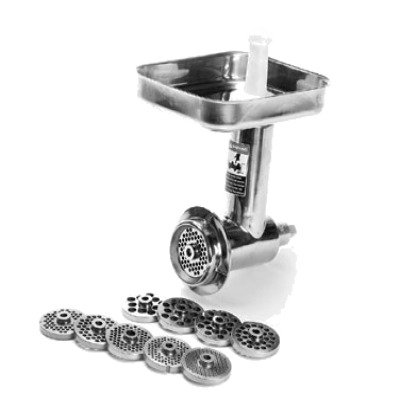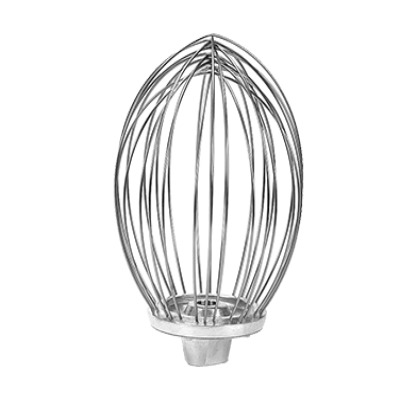Among the many kitchen utensils that contribute to a seamless culinary experience, the disher stands out as a seemingly simple yet essential asset. Whether you're scooping ice cream, portioning cookie dough, or serving rice, mastering the art of disher sizing and adopting best practices can significantly enhance your kitchen's workflow and elevate the quality of your dishes.
Choosing the Right Disher Size
Understand Portion Goals: Before deciding on a disher size, clearly define the portion size you aim to achieve. This will guide your selection process and ensure uniformity in your offerings.
1. Consider Food Density: Different food items have varying densities. While selecting a disher, consider the food's density to ensure accurate portions. A denser food might require a slightly larger disher to achieve the desired portion size.
2. Test and Adjust: Conduct trial runs with different disher sizes to find the one that yields the closest portion to your target. Don't hesitate to tweak your choice based on actual results.
3. Account for Cooking Shrinkage: Keep in mind that some foods shrink during cooking. Adjust your disher size to accommodate any changes in portion size caused by cooking processes.
Best Practices for Using Dishers
1. Regular Maintenance: Clean your dishers after each use. Proper maintenance not only ensures food safety but also prolongs the life of the disher.
2. Consistency in Technique: Train your kitchen staff to use the same scooping technique. A consistent approach guarantees uniform portions and reduces food wastage.
3. Mindful Handling: Avoid using dishers for tasks they aren't designed for. Forcing a disher to scoop overly hard or frozen items can damage the tool and compromise its accuracy.
4. Serving Aesthetics: Use dishers with release mechanisms to ensure that food portions are neatly released onto plates. This adds to the visual appeal of the dish and enhances the overall dining experience.
5. Rotation and Storage: Rotate your dishers regularly to distribute wear evenly. Store dishers in a way that protects their shape and prevents deformation.




















